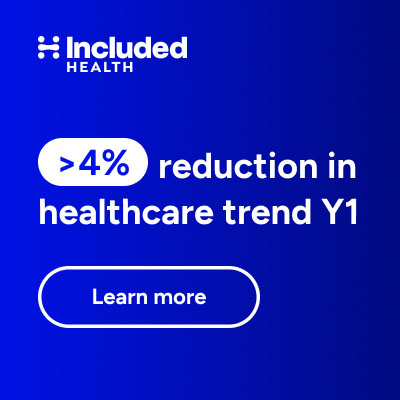 Over the past several weeks, many of us at the Office of the National Coordinator for Health Information Technology (ONC), Agency for Healthcare Research and Quality (AHRQ), and Food and Drug Administration have been evaluating the submissions for the Reporting Patient Safety Events Challenge. Team 90, consisting of KBCore (created by CRG Medical, Inc.) and iHealthExchange, was selected the winner of the challenge—and the recipient of the $50,000 prize—because the company’s patient safety reporting system best fit the criteria of the challenge to find and reduce the risks associated with patient care. Right now, finding risks through the reporting of adverse events is slow because paper-based systems may be hard to read and require transmission by fax machines. By modernizing the patient safety reporting system through the use of computer-based applications we can better shed light on medical errors and augment the discovery of new patient safety hazards more timely and efficiently.
Over the past several weeks, many of us at the Office of the National Coordinator for Health Information Technology (ONC), Agency for Healthcare Research and Quality (AHRQ), and Food and Drug Administration have been evaluating the submissions for the Reporting Patient Safety Events Challenge. Team 90, consisting of KBCore (created by CRG Medical, Inc.) and iHealthExchange, was selected the winner of the challenge—and the recipient of the $50,000 prize—because the company’s patient safety reporting system best fit the criteria of the challenge to find and reduce the risks associated with patient care. Right now, finding risks through the reporting of adverse events is slow because paper-based systems may be hard to read and require transmission by fax machines. By modernizing the patient safety reporting system through the use of computer-based applications we can better shed light on medical errors and augment the discovery of new patient safety hazards more timely and efficiently.
Reporting Patient Safety Events Challenge Submissions
The Challenge submissions were evaluated on a variety of criteria to determine which would potentially improve reporting of adverse events the most. The applications were required to make it easier to file an adverse event report using AHRQ’s Common Formats while allowing for:
- The inclusion of additional information during the initial submission and from a follow-up investigation;
- Import of relevant electronic health record or personal health record information, including screenshots; and
- Ability to submit reports to various entities including PSOs, FDA, and other health oversight organizations.
IDinc and Shands Healthcare finished in second place, while third place went to MidasPlus. They will receive $15,000 and $5,000, respectively.

 In a time of EHR naysayers, mean-spirited election year politics, and press misinterpretation (ONC and CMS do not intend to relax patient engagement provisions), it’s important that we all send a unified message about our progress on the national priorities we’ve developed by consensus.
In a time of EHR naysayers, mean-spirited election year politics, and press misinterpretation (ONC and CMS do not intend to relax patient engagement provisions), it’s important that we all send a unified message about our progress on the national priorities we’ve developed by consensus.

 Patient-centered care and patient engagement have become central to the vision of a high value health delivery system. The delivery system is evolving from a fee-for-service transactional payment model to a value-based purchasing model using outcome data and quality improvement and attainment. The Centers of Medicare and Medicaid Services (CMS) and private payers have spurred delivery redesign of networks that focuses on a set of clinical quality measures and patient care experiences along with efficiency measures.
Patient-centered care and patient engagement have become central to the vision of a high value health delivery system. The delivery system is evolving from a fee-for-service transactional payment model to a value-based purchasing model using outcome data and quality improvement and attainment. The Centers of Medicare and Medicaid Services (CMS) and private payers have spurred delivery redesign of networks that focuses on a set of clinical quality measures and patient care experiences along with efficiency measures.


 This weekend, the famous Health 2.0 Code-A-Thon is coming to Boston! Hosted in conjunction with Health 2.0’s
This weekend, the famous Health 2.0 Code-A-Thon is coming to Boston! Hosted in conjunction with Health 2.0’s 







